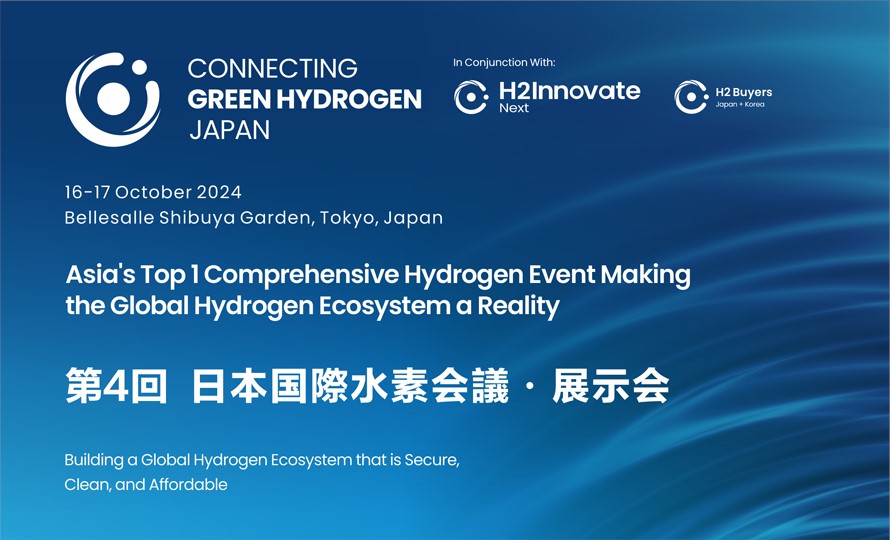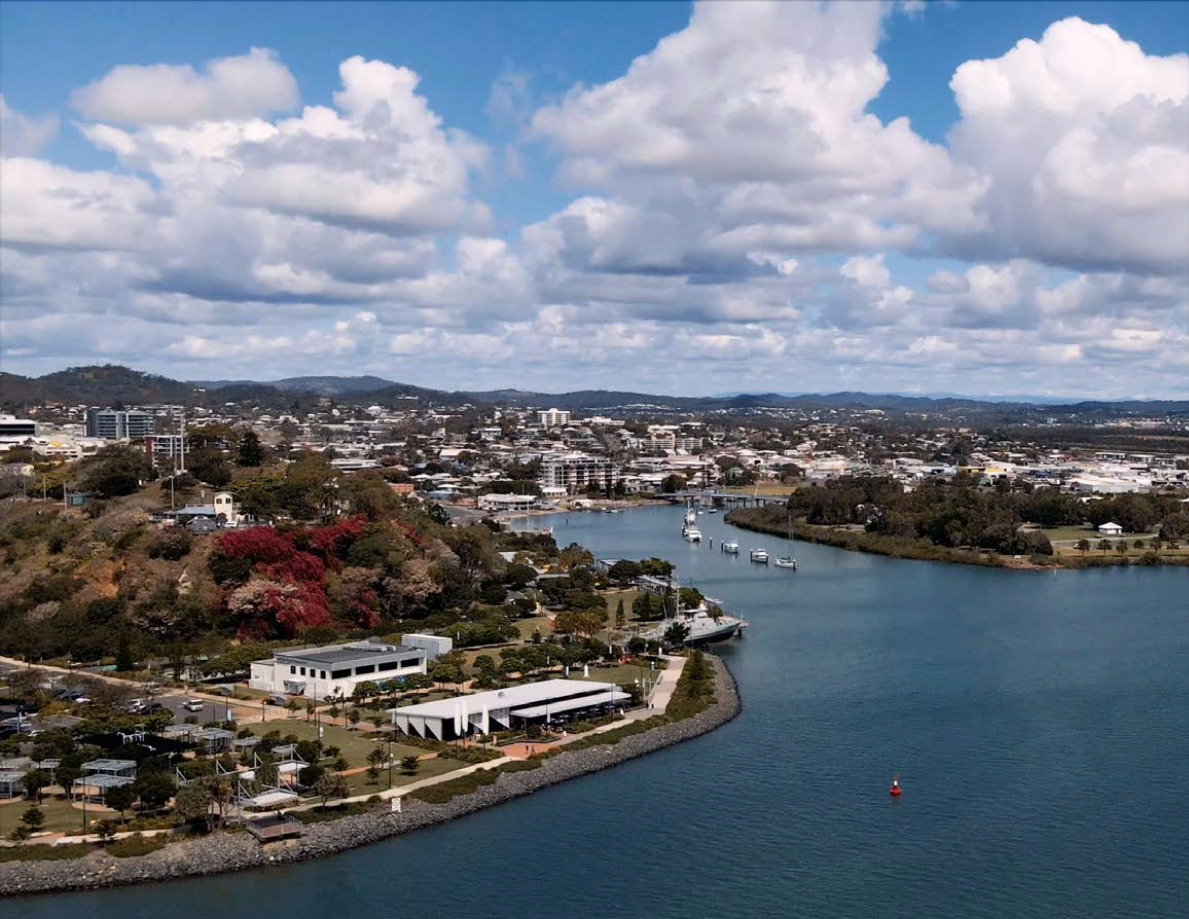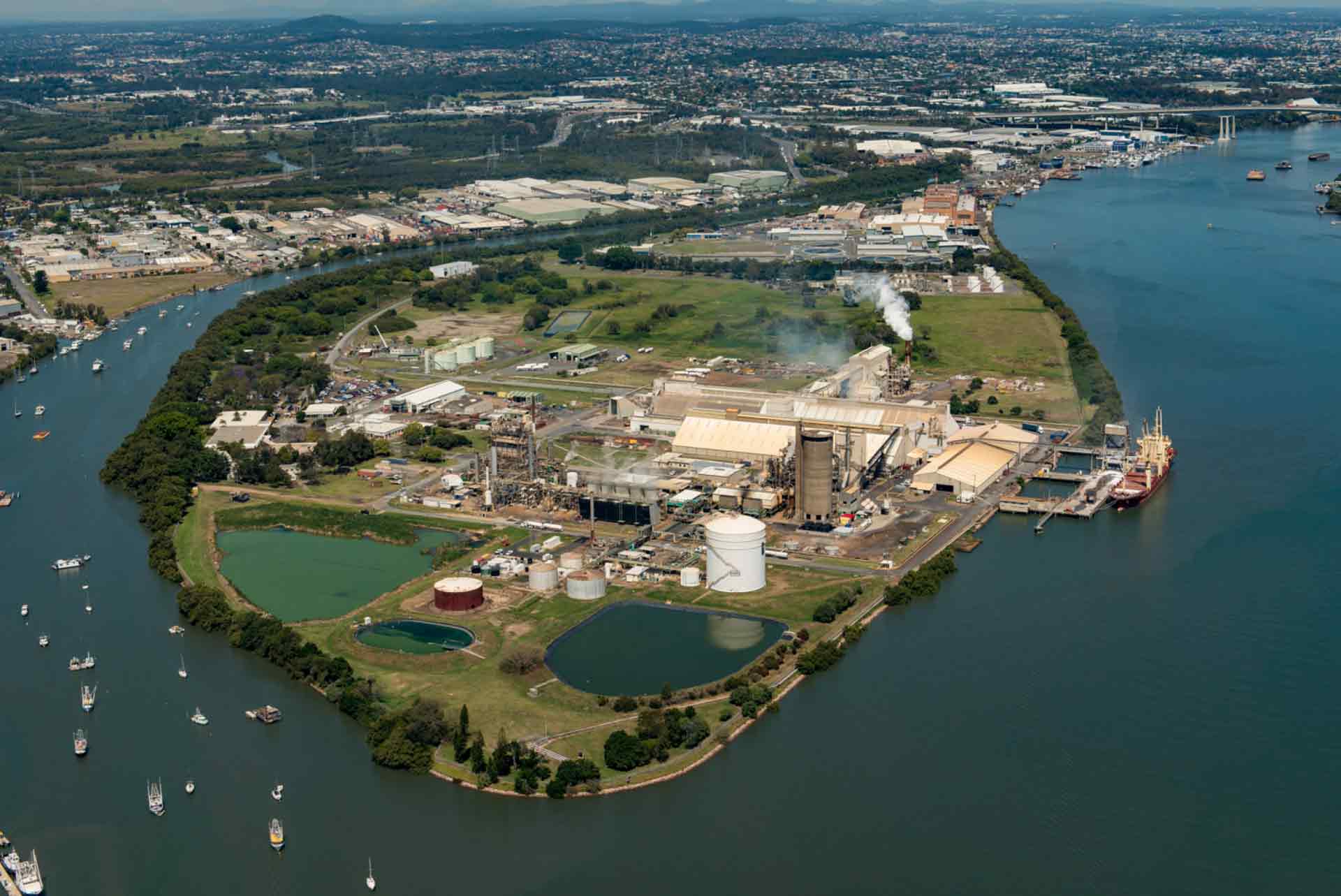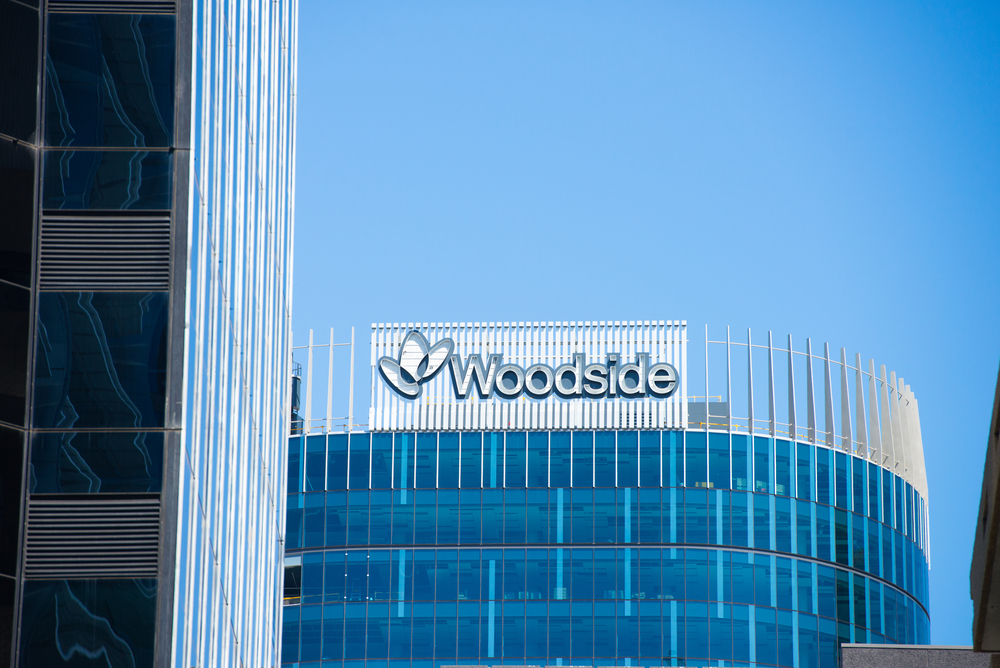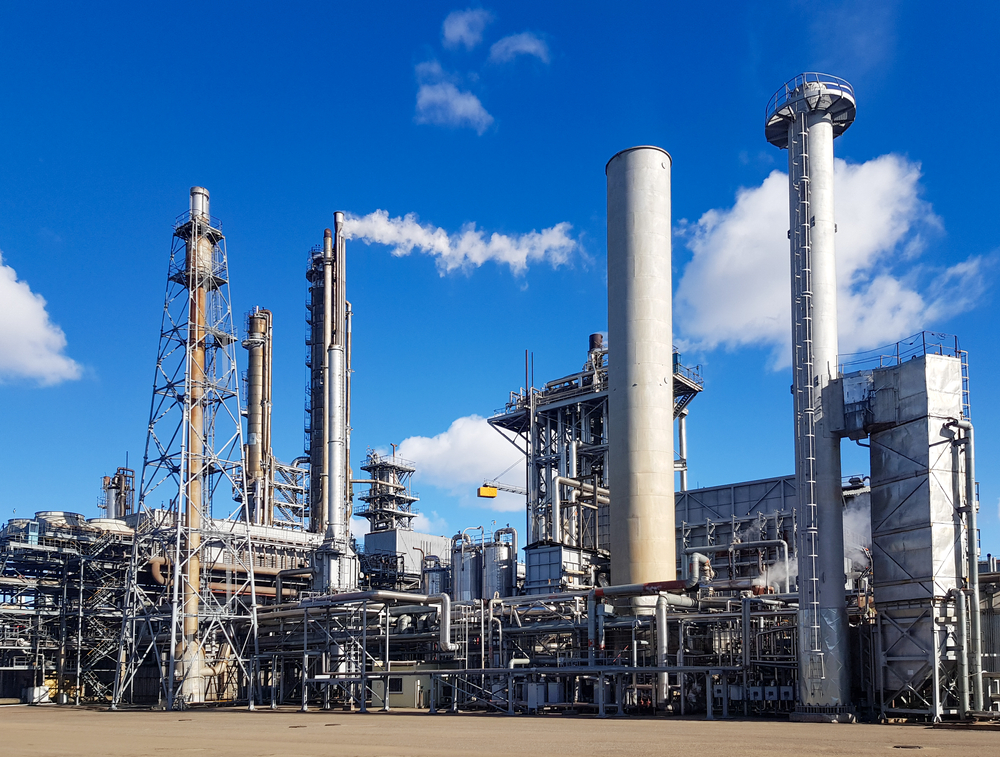
Monash University scientists have achieved a new breakthrough in their quest to develop a more sustainable ammonia production process.
Ammonia is the source of most of the modern world’s fertilisers; but these are usually made from natural gas and its production releases large amounts of greenhouse gas emissions.
Published today in the journal Nature, lead researcher Dr Hoang-Long Du, from the Monash University School of Chemistry and team leaders Dr Alexandr Simonov and Professor Doug MacFarlane report that they can achieve almost complete selectivity for the conversion of nitrogen, from the air around us, and renewable electricity into ammonia at an unprecedented rate.
The research developed a unique electrolyte that produces a high-performance layer on the operating electrode to support the reaction that converts nitrogen into ammonia.
The price of fertilisers has more than doubled in recent years in part because of increases in natural gas prices, placing many farmers under severe strain.
Dr Simonov said a process for the carbon-free production of fertilisers using renewable energy had been known for some time but it was not very selective.
“Typically, a significant portion, sometimes as large as half of the electricity was used in making other unwanted compounds, making the process impractical,” Dr Simonov said.
“Our new discovery shows how ammonia can be made with complete selectivity.”
Co-leader in the work, Professor Doug MacFarlane, said that reaching 100 per cent selectivity for ammonia was a vital step in making the process industrially practical.
“This discovery builds on years of work in our group understanding the fundamental chemistry underpinning the process,” Professor MacFarlane said.
Dr Du said another important feature of the new electrolyte was the high stability it provided to the process.
“Since the electricity is exclusively used for the nitrogen to ammonia reaction, no degradation processes can occur and the process can operate stably on a long timescale,” Dr Du said.









